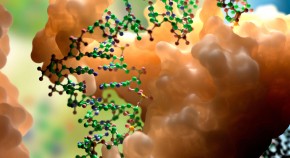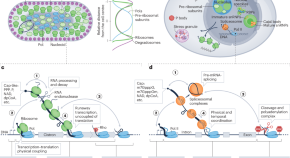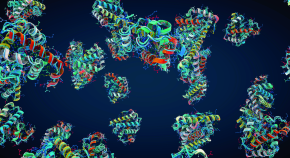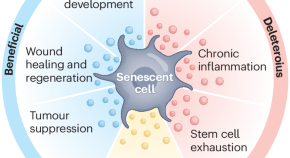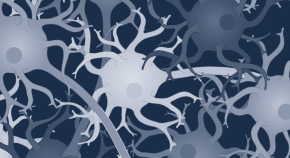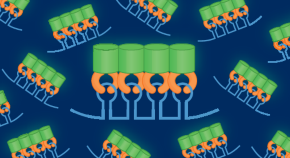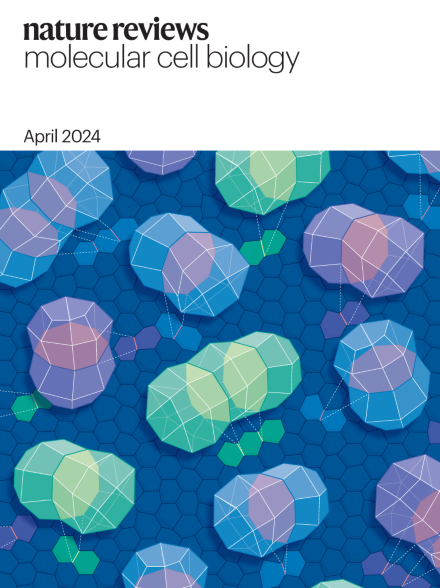
Announcements
-
-
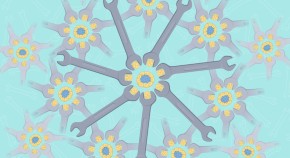
Share your Tools of the Trade
-
Advertisement
-
-

Mechanical state transitions in the regulation of tissue form and function
Tissues undergo changes in their mechanical and material properties through alterations in cytoskeleton organization, extracellular matrix adhesion and cell–cell connectivity. These mechanical state transitions orchestrate cell proliferation and movement and tissue growth during development, in adult tissue repair and in disease contexts.
-
-

Lipids and membranes
This article series brings together Reviews that focus on key advances in understanding membrane biology as well as the regulation and functions of their lipid components, including their roles as bioactive molecules and their interplay with metabolism.




